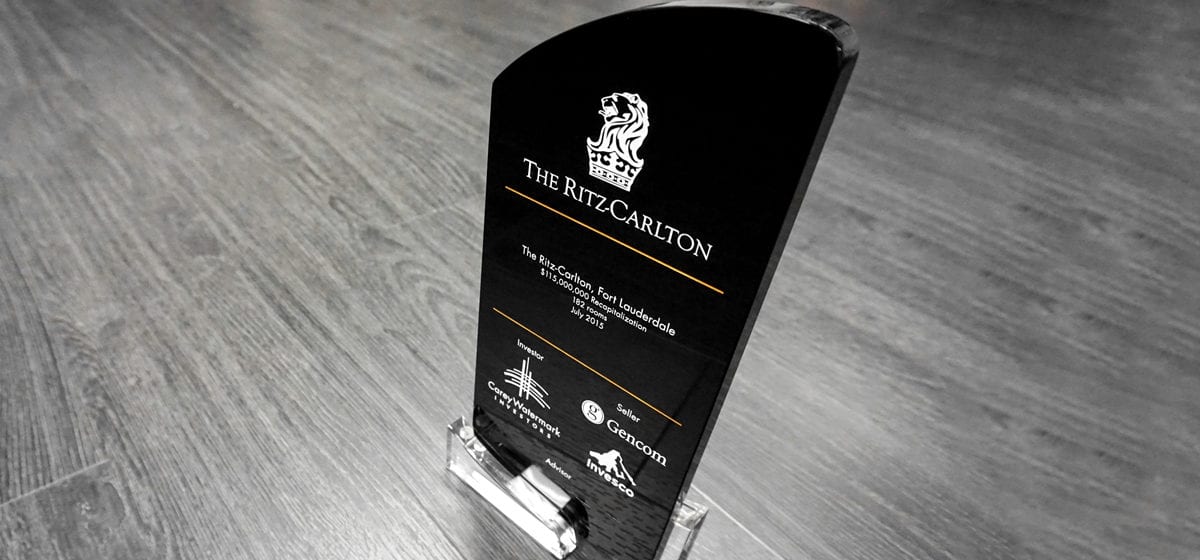Personalized Awards: Methods, Best Practices
Like trying to follow along with what your doctor says, you may struggle to understand the special jargon of different industries. In the world of recognition, we regularly use words that may not be commonly understood. For example, when designing personalized awards, PMS stands for Pantone Matching System, something quite different than what you might think. Knowledge gaps like these may complicate the creation process for your recognition program. But the Cristaux International team wants to help by providing guidance.
It’s helpful to know your recognition vendor’s capabilities and techniques. For sophisticated programs, it is a common practice to personalize each piece. However, this process is detailed and complex. It’s important to understand what methods will work best for the design.
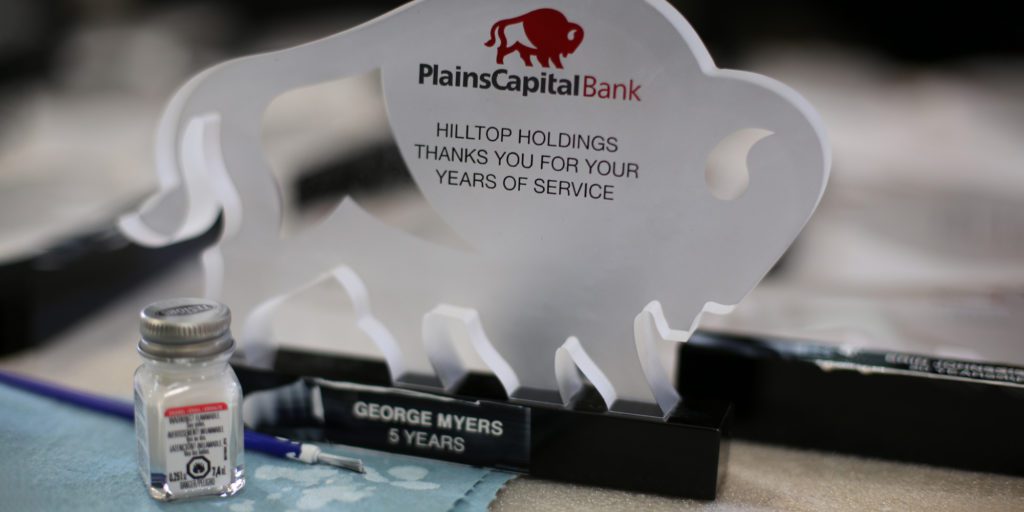
What Is Personalization?
In the world of recognition, personalization includes any text or image featured on an award, trophy, or gift. Examples include:
- Award recipient name
- Recognition program name
- Company name
- Year of event
- Inspirational quotes
- Company logo
Browse our portfolio for personalized award ideas.
Why Are Personalized Awards Important?
An award without personalization is like a dog tag without a name. Essentially, personal details elevate an award and make it special for the recipient. It gives recognition pieces an identity.
Beyond the emotional significance, personalization also helps with logistics. It helps organize different pieces and ensure all honorees are included.
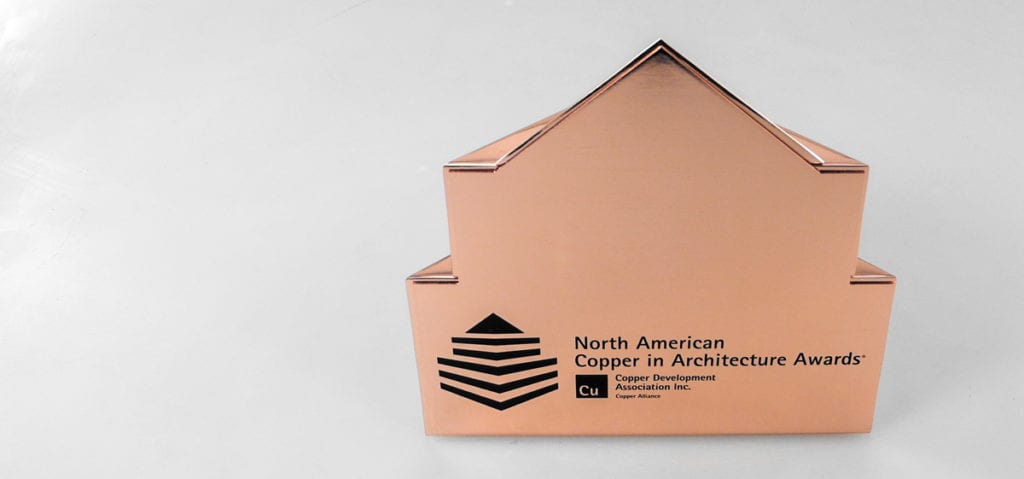
Personalization Methods
Creating personalized awards, gifts, and trophies is like eating at a buffet. There are endless options to choose from. To simplify the creation process, consider seven of the most popular personalization methods. With these techniques, personalized awards are easily achieved.
Sand Etching
As one of our most popular personalization methods, sand etching complements many different programs. Typically, glass, crystal, and stone yield the best results when sand etched.
How does sand etching work? First, production team members apply a mask to the piece to cover the areas they do not want etched. Then, they blast the piece with sand at a high pressure. This process creates grooves that can be filled with color for added details.
Ultimately, sand etching gives recognition pieces a smoky and elegant finish. However, different sand and materials can create different effects. There are endless possibilities, so it’s best to consult a designer who understands the process.
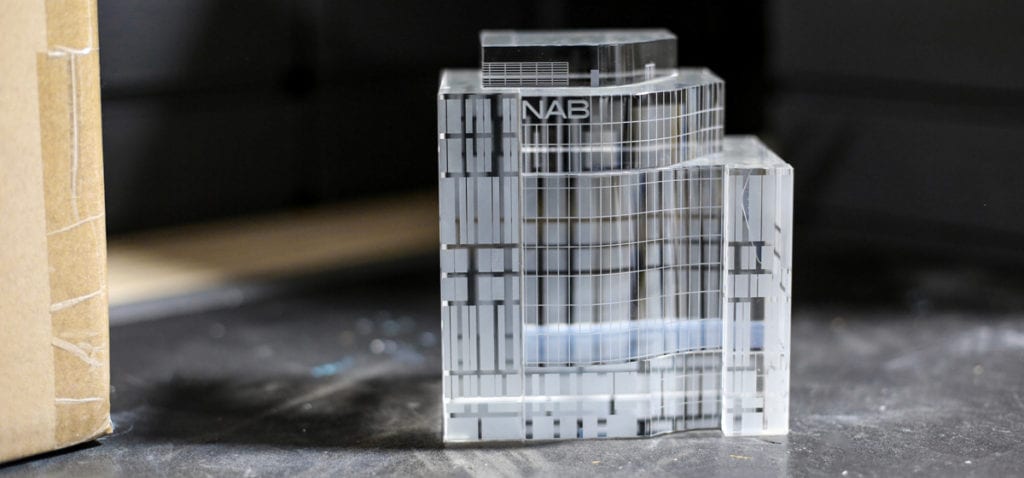
Digital Printing
Known for its versatility, digital printing is a popular choice for personalization and decoration. Through this process, you can print any text or image. First, the machine prints the ink directly onto the material. Then, ultraviolet (UV) light cures the ink.
Any non-flexible material works well with digital printing. For example, stiff paper, metal, acrylic, glass, and crystal work well. However, reflective materials like crystal and glass may not be the best because they can reflect light onto the printer heads. A notable limitation for digital printing is the size of the piece. Each machine can only print pieces that fit its height requirement, and different machines allow different sizes.
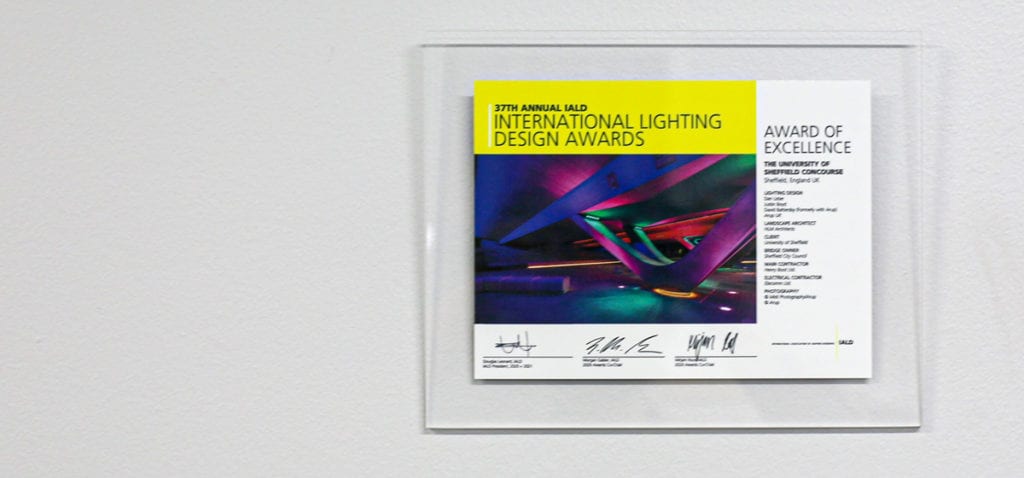
Laser Engraving
Essentially, laser engraving machines use lasers to cut into a material and to create text, images, and more. Also, this method is smoother and more precise than sand etching.
Metal is a common material to laser engrave, along with acrylic. Additionally, wood can be used, but it can be dangerous because the laser can burn the material. However, we do not use laser engraving on the surface of glass or crystal because it yields a low-quality result. It can cause splinters and starbursts, unlike the smooth application for other materials.
There are a few interesting effects we can achieve with laser engraving. First, vendors can create a two-tone effect by engraving a colored surface, to reveal the second color underneath. Second, 3D laser engraving inside glass or crystal creates the illusion of floating, ghostlike objects. It’s truly stunning.
Discover more ideas for engraved awards.
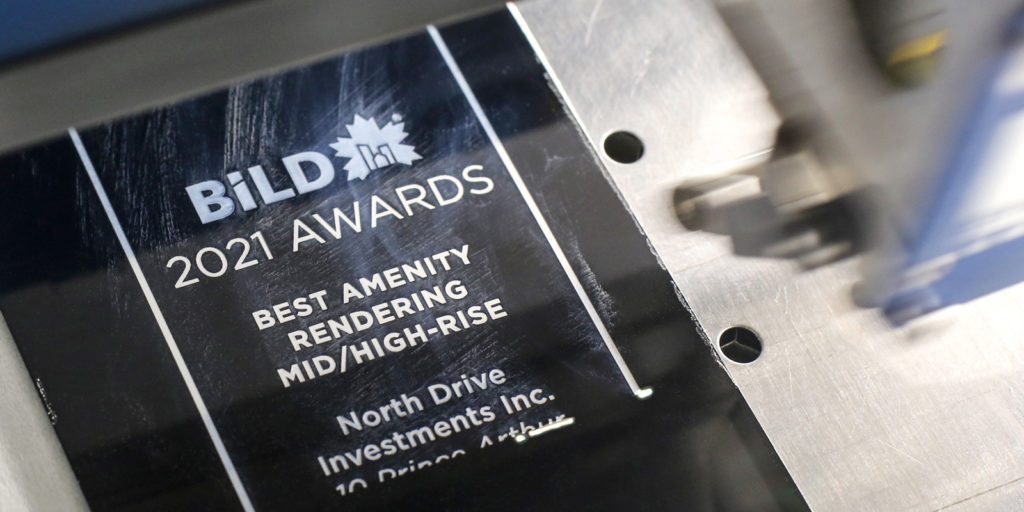
Diamond-Tip Engraving
Some engraving machines are equipped with sharp, diamond-tip bits. These attachments drag into the surface of a material and carve. Depending on the software and equipment used, manufacturers can achieve different appearances.
It’s important to note a few considerations.
- Diamond-tip engraving creates crosshatches, so it cannot completely fill in cut-outs.
- This process is time-consuming because many machines only work on one piece at a time.
- This method is typically used for metal medallions and custom medals.
- We can bring our machine to events and provide on-site engraving. To add drama to an occasion, we engrave the recipients’ names onto the medals after the winners are announced.
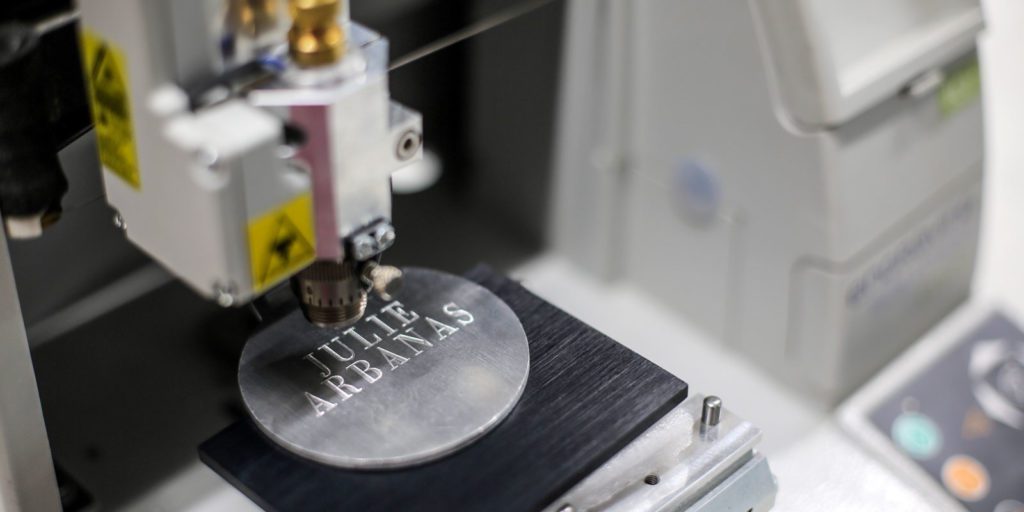
Sublimation
Like digital printing, sublimation uses heat to apply color to metal. We treat the metal plate with a specific solution so that it absorbs the ink, making these creations especially durable. Interestingly, the metal can still shine through and showcase its unique texture.
Embedment
We like to think of embedment as making a time capsule. This personalization method is unique to acrylic. To realize this, engineers create a mold. Before the material hardens, they insert the element and then cure the whole piece. Also, they make sure there are no bubbles, to deliver a high-quality creation.
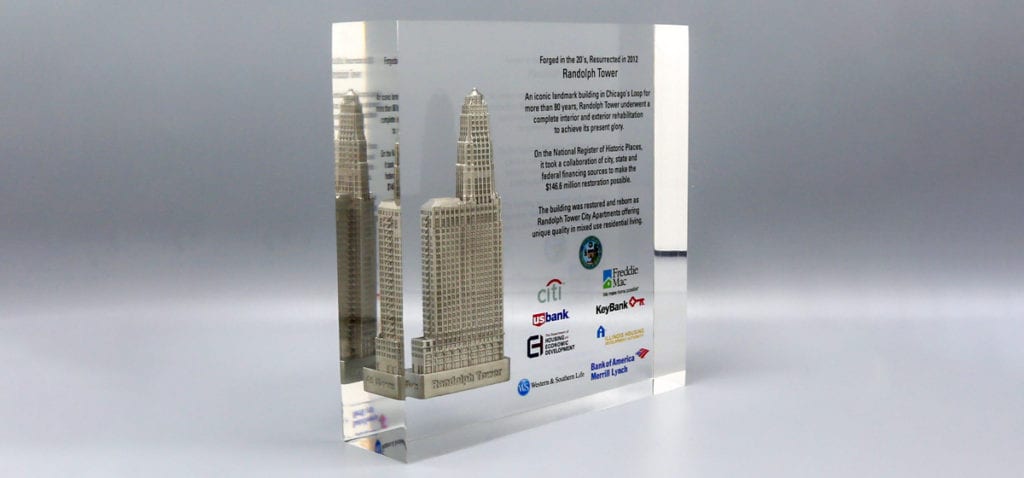
3D Printing
Having started in the 1980s, 3D printing has become widely accessible today. This process allows us to make seemingly impossible designs on a large scale. By printing one layer at a time, this technique is magical. At Cristaux, we typically use resin to create 3D printed awards and elements. However, there are endless material options to play with.
Personalization Best Practices
Creating personalized awards is a team effort. To collaborate successfully, consider the following best practices. Do your part to make your creations the best they can be.
- Make sure the digital file of your logo is vector and high-resolution. If you don’t understand what this means, it’s important to connect with a graphic designer. They can help you find the necessary file that will make it easier for your award vendor to create a cleaner image.
- Communicate what font you want. Also, be prepared to supply it, if your vendor does not have it. Additionally, it’s important to note that certain styles don’t work well with specific decoration methods or materials.
- Be flexible. Whether simplifying or refining elements, you may need to alter your design. Before getting ahead of yourself, contact your vendor and discuss if your vision is doable. It’s a good idea to check the limits of your pieces before getting your heart set on a concept.
- Find a vendor you can trust. Working with an organization that is dedicated and transparent will help you get the highest quality product at the end of the day. From communicating potential issues to helping source production files, they will support your vision.
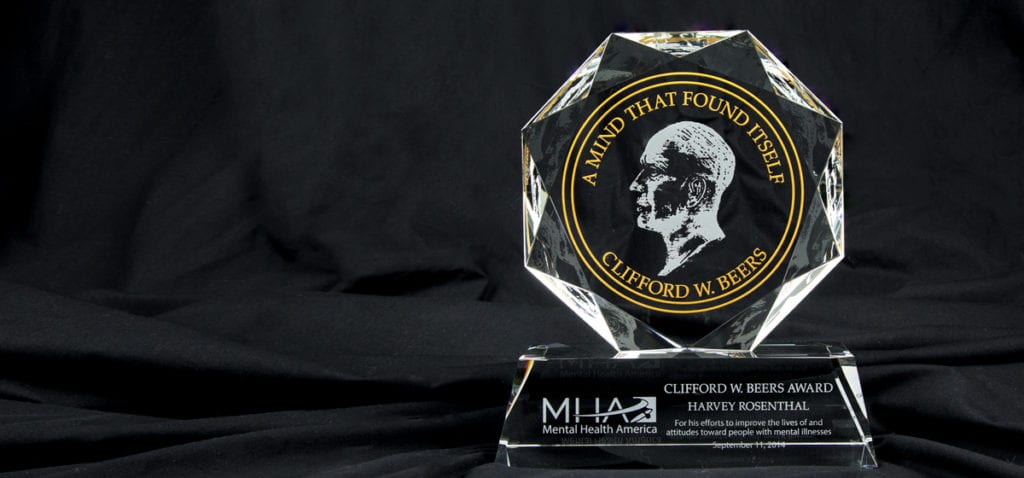
Personalized Awards Done Right
Personalized awards are more complex than one may think. Once we break down the methods and details, we realize all the work that goes into creating special gifts and trophies. Ultimately, personalization is essential to meaningful recognition pieces, and that’s why the process is so involved. However, you don’t have to do it alone.
Contact Cristaux to start creating your custom awards today.
